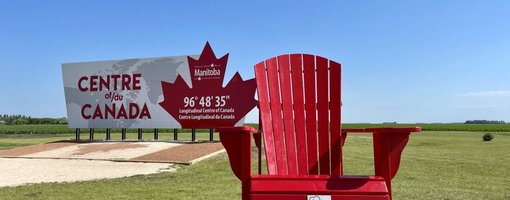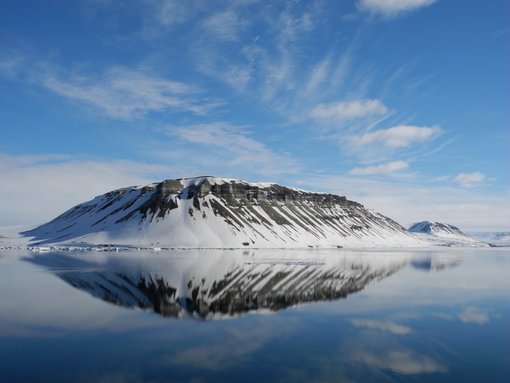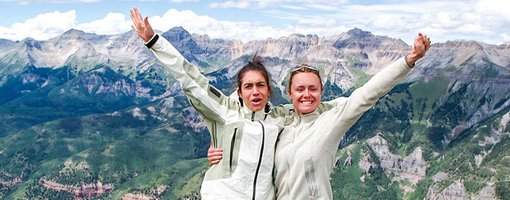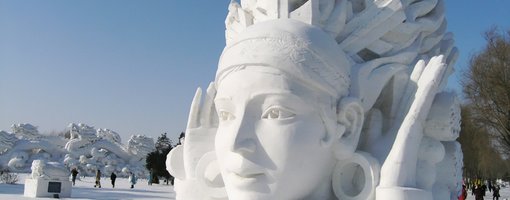The choice of clothing for cold climates is a very personal matter. It depends on your individual experience with cold conditions.
Are you more susceptible to cold temperatures than other people?
A common complaint is not the cold, it’s the wind, but an equally common polar maxim is there is no such thing as bad weather, only bad clothing! The secret to keeping warm is to dress in layers. It is better to have several light layers of clothing than one heavy layer. This also gives you flexibility in your clothing so you can take off a layer if you are too warm or put another layer on if you are cold. The most important layer is the outer waterproof and windproof shell because even a light wind of 6 kph (about 4 mph) can carry away eight times more body heat than still air! The so-called wind chill factor measures the increase in cooling power of moving air, whether it is wind that is blowing or it is you who is moving rapidly and, in effect, creating a wind against yourself.
We recommend dressing in layers so you can put on or take off clothing any time you need it.
Long thermal underwear, a thermal shirt and pants, and thermal socks are important.
Bring a fleece or two (this is very personal) to put over the thermal layer.
As per the outer layer, it is very important to bring waterproof clothing.
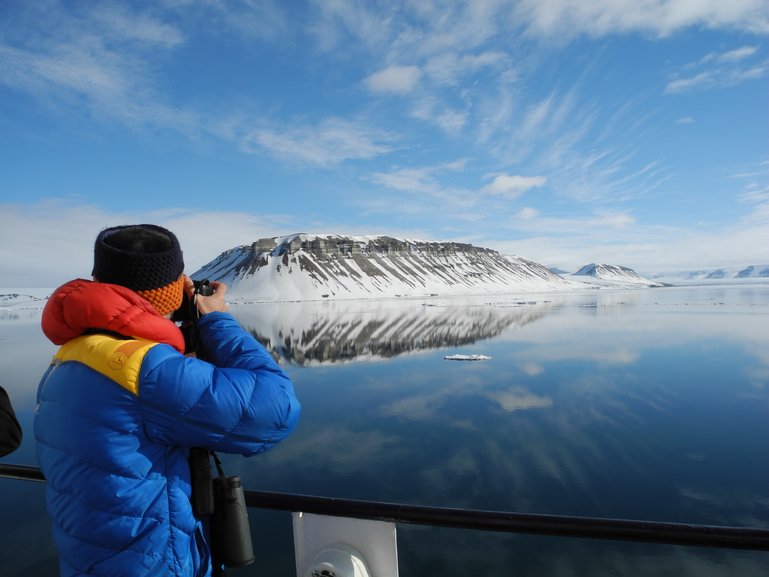
Visiting Svalbard
Waterproof Gear
- Waterproof jacket (some ships provide this)
- Waterproof trousers
- Waterproof gloves or mittens (two pairs to rotate when wet would be ideal)
- Rubber boots
- Pull-on, unlined, knee-high boots are required for wet landings. Boots must be 14”-16” high with strong, rubber-ridge, non-skid soles. These specifications are very important. You may be stepping into water up to 10” deep on wet landings. Moon or leather boots are NOT appropriate.
Other layers
- Hat, scarf, or other face protection
- Fleece or sweaters
- Thermal socks (at least two pairs to rotate when wet)
- Warm pants
- Thermal or long underwear
- Lightweight shirts and T-shirts
- Comfortable and casual clothing to wear on board.
Other Gear
- Sunscreen and lip protection (It is recommended high protection)
- Sunglasses
- Binoculars
- Plastic zip-lock bags will protect your camera and binoculars from wave splash and spray while in Zodiacs
- Backpack (ideal to bring extra layer ashore, water, binos, camera, etc).
Tips to stay warm
- Avoid overdressing to reduce perspiration.
- Wear water repellent outer garments that will keep you dry on the outside and still allow moisture from your body to escape.
- Body heat is most likely to be lost from parts that have a lot of surface area in comparison to total mass - namely, the hands and feet. Keep them warm and dry. For hands, mittens are better than gloves.
- If you have cold feet, put a hat on. If the rest of your body is covered, as much as 90 percent of the heat you lose can come from your head, so be sure to wear a cap, beanie or balaclava. These items can be pulled down to protect your ears, forehead, neck and chin. The neck also needs protection with a woolen or synthetic scarf, that can be wrapped around the face when travelling against the wind.
- Dress in comfortable, loose layers. For anyone out in the cold, it is far better to wear layers of relatively light, loose clothing than one thick, heavy item. Between each layer there is a film of trapped air which, when heated by your body, acts as an excellent insulator.
- Wool and silk are superior to cotton because they can trap warm air. Synthetic fabrics that spring back into shape after compression are also good. When damp or wet, polyester down is a better insulator than goose or duck down. Polar fleece is popular and recommended.

